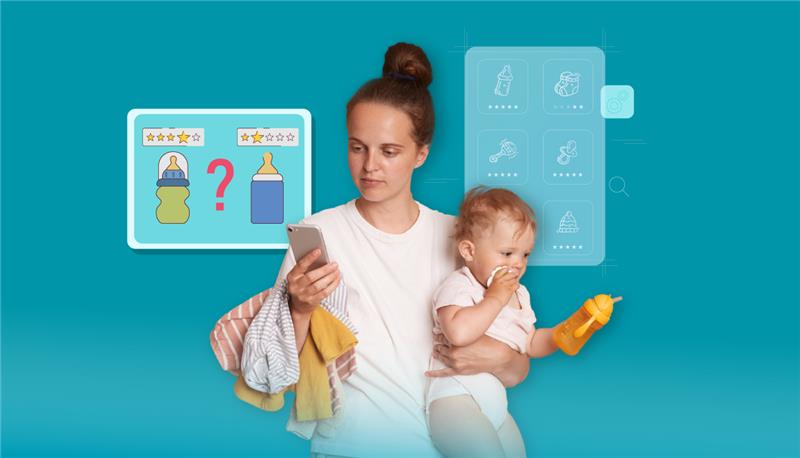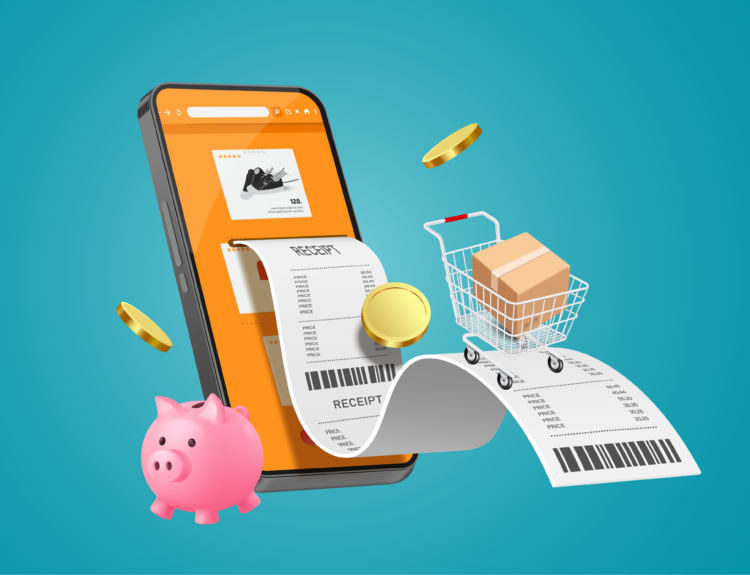Have you been in a situation where your toddler is having a meltdown because their sippy cup lid won’t close properly, and you’re standing in your kitchen wondering why someone, somewhere, thought this design was a good idea? The parental burnout gets real here.
For decades, product design has happened in boardrooms. The result? Products that looked great on paper but failed miserably in real-world parenting scenarios. The disconnect was real, and parents were paying the price both literally and figuratively. But the good news is that brands are finally listening, and feedback from parents is revolutionizing how products are designed.
When Brands Started Actually Listening
Brands began realizing that feedback from parents was essential for creating products that actually work in the chaos of family life.
Take Oxo Tot, for example. Their entire product line exists because founder Sam Farber watched his wife struggle with traditional kitchen tools due to arthritis. Oxo Tot’s is committed to getting continuous feedback from parents and they bring a product to the market only after they have done live-test with real families. Their sippy cups are also designed after countless parents complained about leaky, hard-to-clean alternatives.
Feedback from parents also creates emotional connections. When parents feel heard by a brand they become advocates for the brand.
Real Brands, Real Changes and Success Stories
- Graco’s FastAction Fold stroller came about because feedback from parents consistently highlighted one pain point: existing strollers were too complicated to fold. Parents needed something they could collapse with one hand while holding their child. The result was stroller that folds in literally one second with one hand.
- Fisher-Price’s Snoo-Smart Sleeper was developed after years of feedback from parents about sleep deprivation and the struggle to soothe crying babies. The product uses motion and sound to calm babies, but the specific movements and sounds were refined through extensive parent testing.
- Sometimes feedback from parents leads to crucial safety improvements. Bumbo’s baby seats were popular, but parent feedback revealed safety concerns about babies potentially falling out. Bumbo redesigned their seats with better safety straps and clearer usage guidelines.
- Netflix Added robust parental controls and “Kids Profiles” after parents complained about inappropriate content appearing in children’s recommendations.
- YouTube created YouTube Kids app after massive parent backlash over inappropriate content in regular YouTube.
- Disney ended its exclusive relationship with McDonald’s in 2006 over concerns about childhood obesity and fast food’s role showing how parent pressure influenced major partnerships.
- Honda & Toyota added more rear-seat entertainment options and USB ports after parent feedback about keeping kids occupied during long drives. They also redesigned sliding doors on minivans to be quieter and safer based on parent input.
Co-Creation Where Your Your Voice Matters
Brands are now actively seeking feedback from parents through various platform like The Panel Station. These are not just occasional surveys. They are ongoing partnerships where your real-world experience shapes the products you will eventually buy.
Platforms like The Panel Station are connecting parents directly with brands, creating opportunities for meaningful co-creation. When you share your experiences – whether it’s about a product that made your life easier or one that left you frustrated you’re contributing to a design process that will help future parents.
How to Make Your Voice Heard
Want to be a part of co-creating with brands? Here’s how you can ensure your feedback reaches the brands that need to hear it. Join The Panel Station Community: Here you can connect with brands looking for authentic feedback. Your experiences could directly influence the next generation of family products.
Participate in Surveys: The Panel Station conducts regular surveys where you can participate, share your opinion on various products and services and earn rewards for it too.
The impact of feedback from parents extends beyond individual products. It’s changing how entire industries think about design. This shift is creating a more empathetic marketplace where the real experiences of parents drive innovation rather than assumptions about what parents need.








